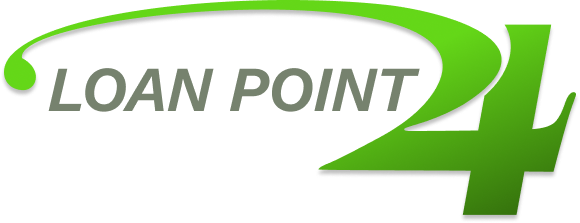What is Self-Help Debt Relief
Self-help debt relief involves managing and reducing your debt without relying on external agencies like debt consolidation companies or credit counseling services. This approach is ideal if you have the resolve and discipline to handle your finances independently. Key components of self-help debt relief include:
Budgeting: The cornerstone of self-help debt relief is creating a budget and sticking to it. A well-planned budget helps you track your income, expenses, and debt payments. It also highlights areas where you can cut costs and allocate more money toward paying off your debt.
Debt Prioritization: Not all debts are the same. Focus on paying off high-interest debts first by using strategies like the debt snowball or debt avalanche method. This can save you money on interest and help you pay off your debts more quickly.
Negotiation: Reach out to your creditors to negotiate better terms. This could mean lower interest rates, extended payment plans, or even settling for a lump sum that is less than what you owe.
Financial Education: Empower yourself with knowledge about personal finance and debt management. There are plenty of online resources, books, and courses that can help you understand how to manage your money effectively.
Savings: Building an emergency fund is crucial to avoid further debt when unexpected expenses arise. A financial cushion can help you avoid relying on credit cards or loans in emergencies.
Side Income: Consider boosting your income with a part-time job or freelancing. The extra money can go directly toward your debt, speeding up the repayment process.
